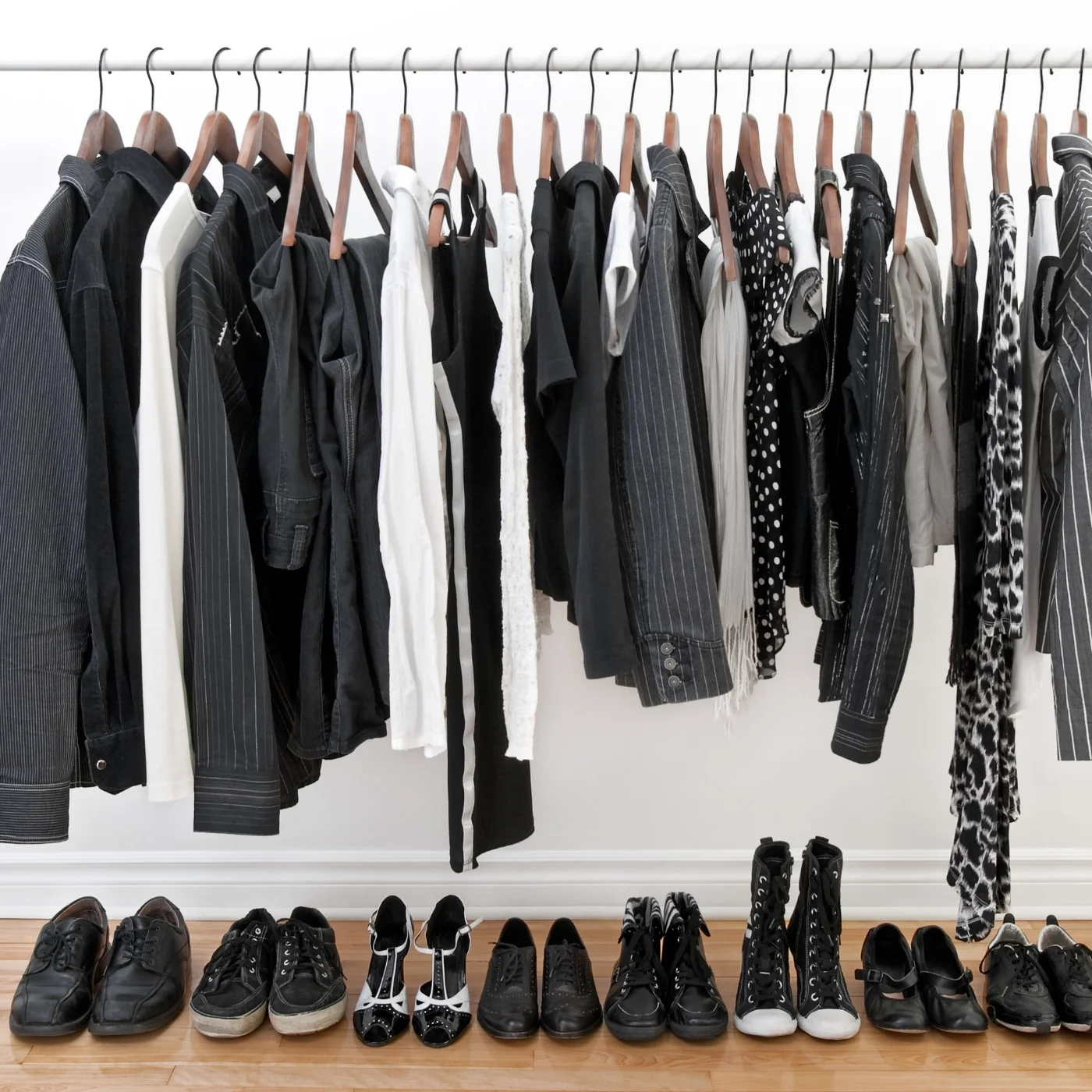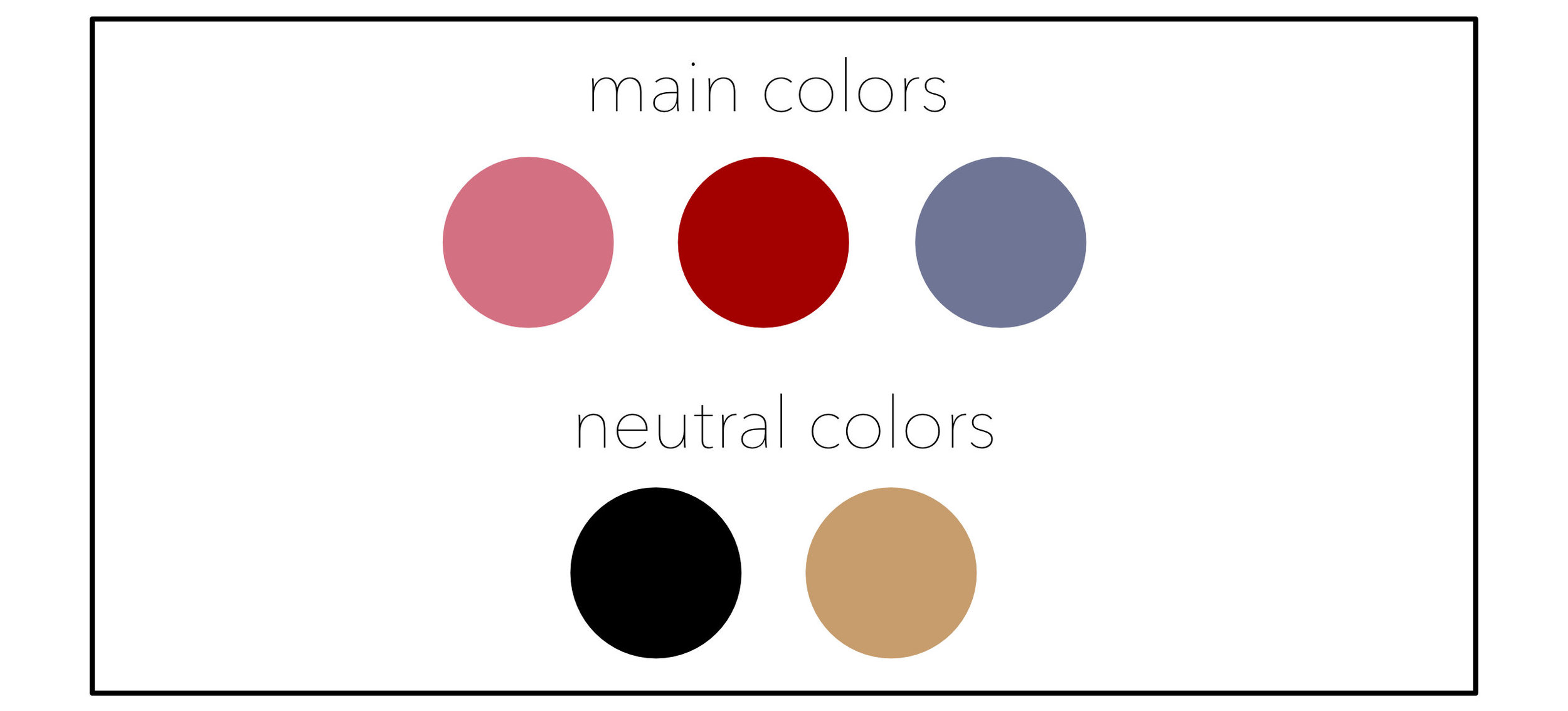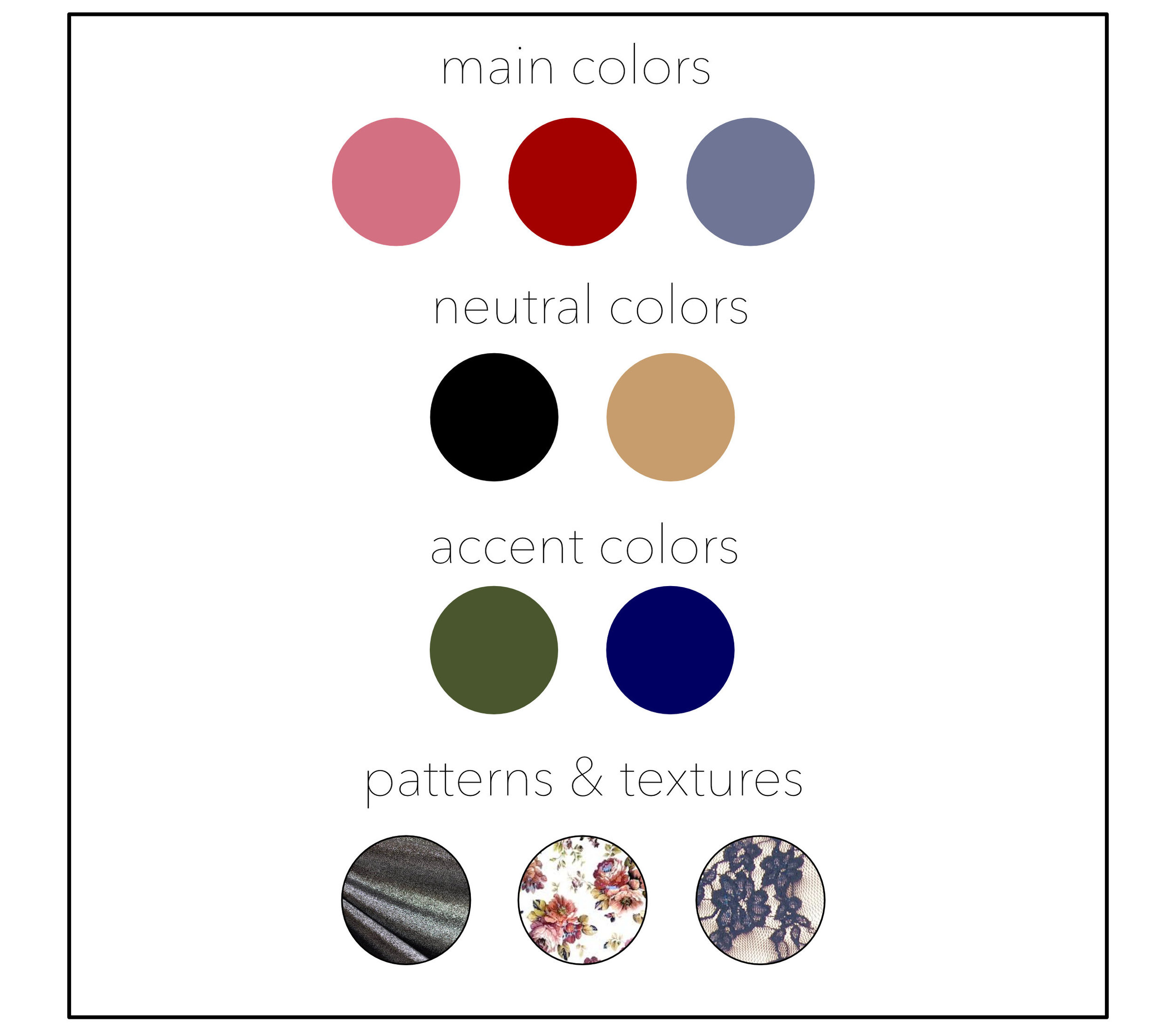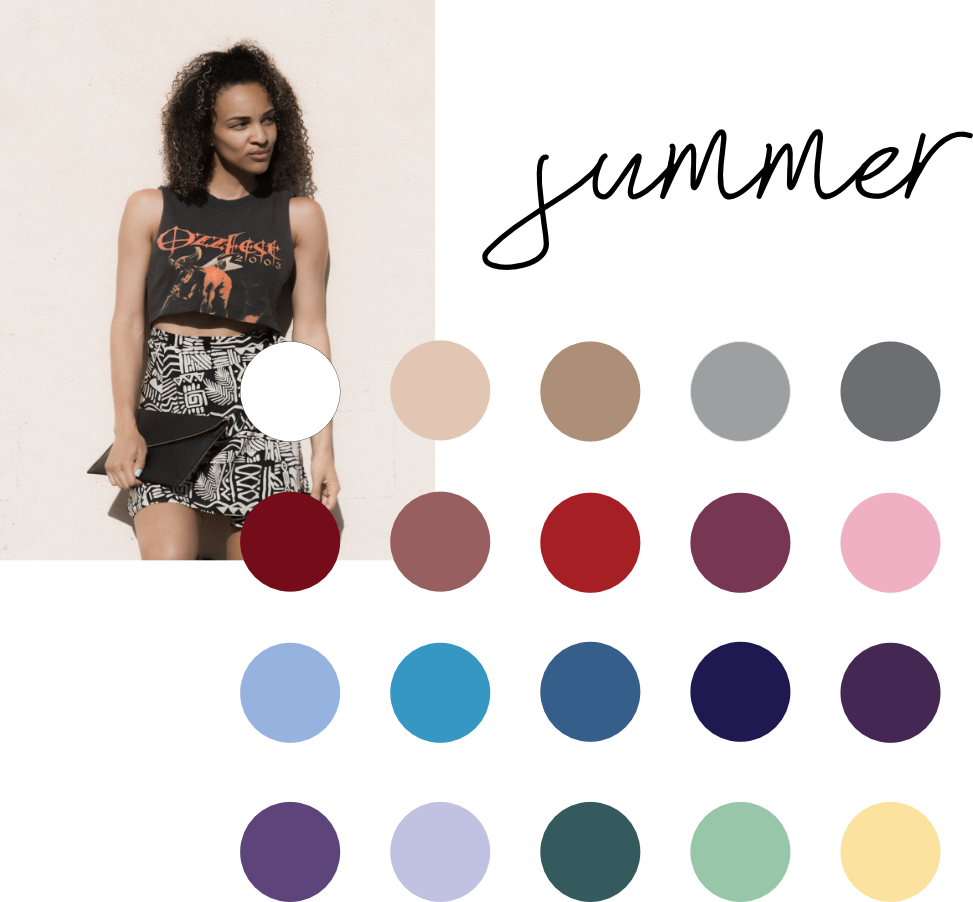Capsule Wardrobe Color Palette
Building a color palette is one of the simplest and quickest things you can do to revamp your style. But, there’s a lot of hullabaloo out there. Making the wrong color palette or restricting yourself to few colors won’t make you very happy with your wardrobe. I’ve figured out a simple way for beginners to make a color palette without becoming overwhelmed by choice! I’ve made about a million color palettes, so I’ve got it down by now.
When you make a color palette for your closet, whether it is a capsule wardrobe or not, there are four components in your palette you should focus on.
Main Colors
Neutral Colors
Accent Colors
Patterns/Textures
Main Colors
When you’re wanting to figure out a color palette for your wardrobe, you’ll probably read a lot of advice that tells you to just pick your main colors and then match a certain amount of neutral or accent colors that go well with these main colors. I don’t think this works very well.
Most of us have artsy bones in our bods and would be more than happy to pick out various color palettes to our hearts’ desires, but when we do this it usually ends up aspirational or colors we like in theory but don’t really wear. Trust me, I’ve done that before. I picked out a gorgeous palette with blush pink and mustard yellow…except I never wear those colors. I wished I wore those colors, but any pieces I bought just sat in my closet.
So, I advocate for looking at your current closet colors to pick your main colors.
Take a minute and do a rough estimate of what the top three colors in your wardrobe are right now. Don’t pay attention to if it is a “color” or a “neutral”, just see what the top colors are. Or, if you’re like me you can take the time to count everything in your closet and what color it is to get an exact percentage…either way works!
Stop! Are you trying to choose a color palette without a clean closet?
Now, back to business. Write down the three or four top colors in your cleaned out closet. These are your main colors. Remember, these can be a color or a neutral.
Neutral Colors
You will only need to choose neutral colors if:
You want more versatility in your closet
You had no neutrals in your main colors
So, if you need a neutral color, look at your main colors and see what neutrals would look best with those colors. If your main colors has one neutral color or none, add two neutrals to your palette. If you have more than one or you just like to live in color, one extra neutral should be enough.
Good Neutrals:
Black
Gray
White
Cream
Navy
Olive Green
Camel
Accent Colors
Now, I’m not so mean that I won’t let you put a little aspiration into your new color palette! That’s where accent colors come in. Accent colors are the colors you aspire to and want to experiment with. For right now, these colors will be a small part of your closet. Later, if you really love them they could move up to the main color spot.
I can pretty much guarantee you won’t love all of your accent colors, though. Which is why I never suggest choosing a new color for one of your main colors. You’re only setting yourself up for disappointment and a heck of a lot of wasted money if it doesn’t work out. Try it out first.
I suggest choosing only two, but no more than three! Give yourself time and room to experiment with the accent colors you choose, so don’t overwhelm yourself with new colors to try.
If you’re having a little trouble choosing your accent colors, take this quiz to find out your seasonal color. The color palette for your season will give you some flattering options!
Patterns & Textures
Have you ever seen a designer’s mood board? Most of the time it isn’t just blocks of color or random pictures. It’s usually bursting with color, pattern, and texture.
Pattern and texture are ways to brighten up your wardrobe while still staying in your color palette. The thing is, after you create a palette you may feel constrained that your closet can only be X amount of colors. Or, you might get bored with it after a while but don’t really want to wear any other colors. This is where pattern and texture come in.
Just like your main colors, you should take a look at your hopefully cleaned out closet and see what patterns and textures pop over and over. You’ll probably find that you lean to either more patterns or more textures. I suggest you choose either patterns or textures to focus on for your palette. Choosing both may make it hard to narrow it down to only 3.
Two of the three patterns/textures should be already in your closet. One of the three should be a new pattern/texture you want to experiment with. These can be in any color from your palette, so don’t feel like you have to specify the color, just the type is good.
Pattern Examples:
Small Florals
Large Florals
Polka Dots
Stripes
Paisley
Plaid
Gingham
Herringbone
Texture Examples:
Flannel
Metallic
Embroidery
Linen
Lace
Cable Knits
Velvet
The Final Question
At this point you should have each component of your color palette written down on a snazzy worksheet. Look it over. The examples in this post are a great starting point.
Does it look like the colors go well together?
They don’t have to. It’s okay if your color palette isn’t all muted shades of soothing neutrals with a pop of color. Your capsule should be wearable, but not every color needs to go together. To verify it’s versatile and wearable, look at each color and see if it has at least one other color in your palette that it would go well with. That’s all you need.
Are you ready to make the best color palette for your wardrobe ever?!
Don’t forget to download your worksheet to make your own palette and see real examples for some inspiration!














